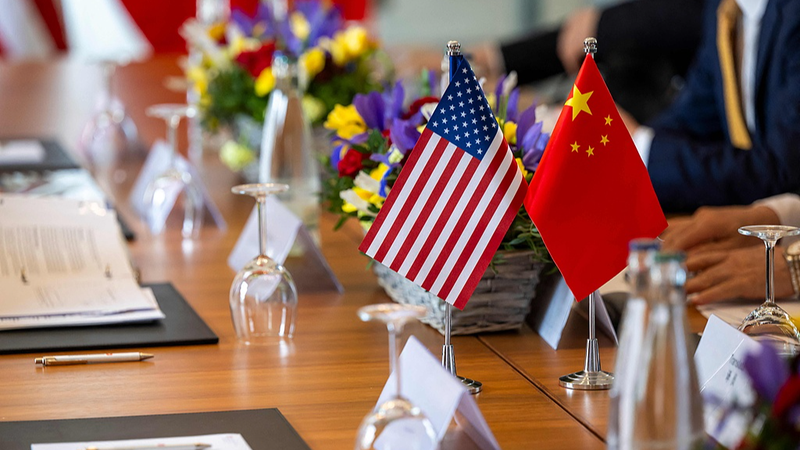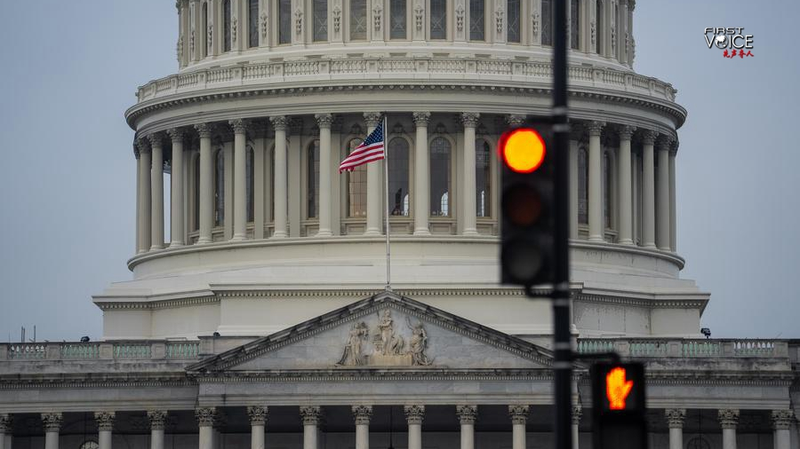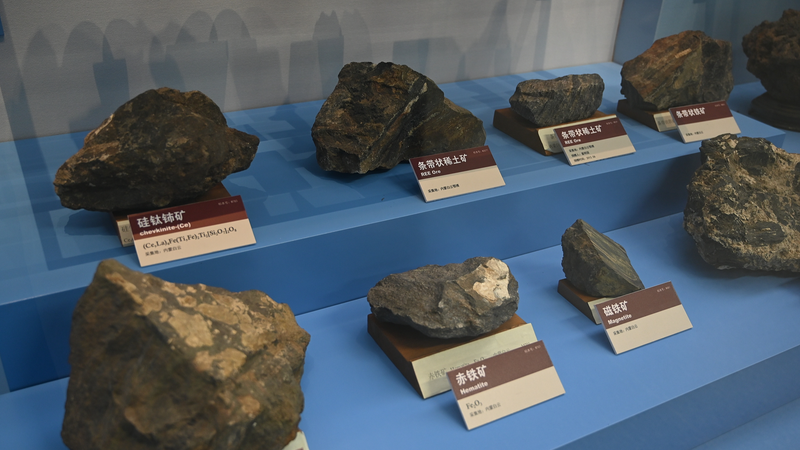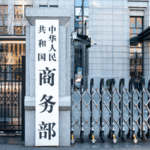As global power dynamics shift, U.S.-China competition has entered a new phase defined by strategic symmetry rather than unilateral dominance. Recent moves by Beijing to restrict rare earth mineral exports mirror Washington's longstanding semiconductor controls, revealing a pattern of reciprocal economic measures reshaping international relations.
Analysts observe that both nations now wield comparable leverage in critical sectors. China's export controls on military-grade rare earths – materials essential for advanced weaponry and green technology – directly counter U.S. restrictions on high-end chip sales. This tit-for-tat dynamic reflects what experts call 'strategic mirroring,' where policies once dominated by Washington now face symmetrical responses from Beijing.
The trend extends beyond trade. When the U.S. imposed tariffs during recent disputes, China responded with proportional measures. Technology restrictions and supply chain interventions have followed similar patterns. While initially destabilizing, this parity appears to be fostering unexpected stability through mutual deterrence.
'We're seeing competition evolve into a form of managed rivalry,' explains a geopolitical risk analyst. 'Both sides now recognize that escalation often harms their own interests as much as their opponent's.' Recent data shows bilateral trade volumes stabilizing despite ongoing tensions, suggesting businesses are adapting to the new equilibrium.
Key sectors like semiconductors and rare earths exemplify this delicate balance. While the U.S. leads in chip design, China controls 80% of rare earth processing. Neither can fully decouple from the other's supply chains without significant economic cost. This interdependence, though contentious, creates natural checks against uncontrolled escalation.
Recent diplomatic engagements suggest both powers are exploring frameworks to manage competition. High-level talks have focused on establishing 'guardrails' for emerging technologies and climate cooperation. The challenge lies in maintaining strategic competition while preventing economic or military crises.
For investors and policymakers, this symmetry presents both risks and opportunities. Supply chain diversification remains critical, but new partnerships are emerging in Southeast Asia and Africa as nations position themselves in the evolving tech landscape. Meanwhile, researchers highlight how mutual dependencies in clean energy tech could drive unexpected cooperation.
As AI governance and quantum computing emerge as new battlegrounds, the U.S.-China relationship continues redefining global economic and security architectures. While rivalry persists, the era of strategic symmetry suggests competition may increasingly coexist with calibrated cooperation – reshaping Asia's role in the 21st-century world order.
Reference(s):
cgtn.com








